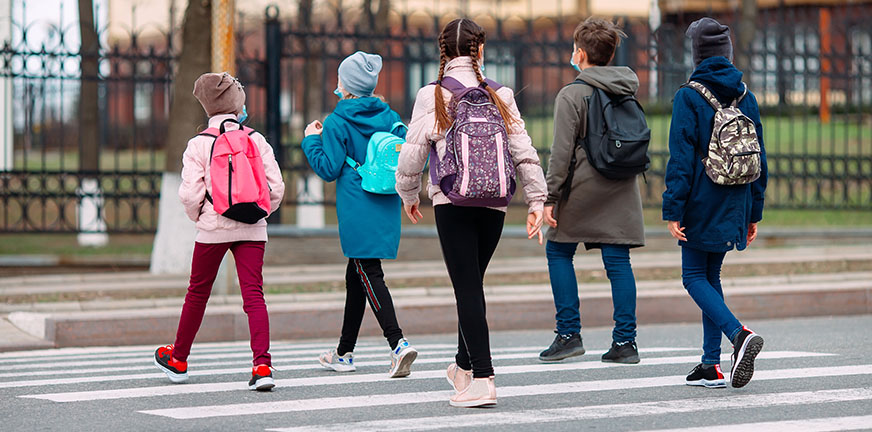For a safe reopening of schools during the pandemic: case studies from five Latin American countries
What parameters should schools consider for deciding reopening? With 43% of schools worldwide lacking a basic hand hygiene facilities, how to ensure that minimum standards are met to mitigate the risks of infection for students and staff? This study of five Latin American countries shows some practical examples.

UNICEF and SIWI jointly published the report: “Regional Outlook in Latin America and the Caribbean on the COVID response for a Safe Return to Schools” in the end of 2021. The report offers a regional view on the actions that are taking place in five Latin American countries (Colombia, Ecuador, Mexico, Paraguay and Suriname) to ensure safe return to school during the Covid-19 crisis . SIWI and UNICEF developed a matrix, to be filled in by the UNICEF teams on Education and Water, Sanitation and Hygiene (WASH) in the targeted countries.
The matrix collects information on measures that schools are taking in three areas of intervention: 1) strengthening of enabling environment; (policies, strategies, funding, accountability, and other general aspects of the sector) 2) promotion of hygiene and infection prevention and control measures, and 3) availability of WASH services in schools. Based on these interventions, the five countries identified failures and weaknesses to overcome the crisis caused by the pandemic in the school environment.
One of the main conclusions of the report is that, further than the emergency measures taken in response of the pandemic, there is no evidence that more sustainable solutions will be in place to address the lack of access of WASH services in school facilities. For this to happen, new service delivery models need to emerge, integrating a management model with clearer definition of roles, responsibilities and accountability mechanisms for the operation and maintenance of the assets beyond the pandemic.
Finally, the report brings a series of long- to medium-term recommendations to improve the practices and actions for schools to comply with minimum access to the WASH resilient services and to be better prepared for future emergencies.
These recommendations are being used as evidence-based information to influence policymaking and implementation, and as an advocacy document to guide government agencies in creating and implementing standards towards a safe school reopening.
Short-term recommendations are geared towards improving the emergency response, while the medium- to long-term intend to improve preparedness and resilience building. Examples of short-term recommendations are: install all necessary (temporary) equipment for assuring water availability at premises, continuing sharing information, taking precautionary measures, and exploring the possibility to articulate with municipalities for assuring service provision. Among the long-term recommendations fare to improve the coordination between the Ministry of Education, Health, and municipalities to clarify their roles and responsibilities concerning providing services in schools, establishing clear standards in building WASH infrastructure in schools t, and creating management systems where WASH service provision (and its operation and maintenance) is taken into account.



